It is the common characteristic of new products from creative destruction that new products are first so expensive that only the rich can afford them, but then fairly soon, usually within a few years at most, the price falls to the level that ordinary people can afford. At that point, what the rich gets are added features, at a high premium, but the basic product is widely available. Consider the automobile:
(p. 193) The autos of the time were a luxurious novelty. One model even offered electric curlers in the back seat for on-the-go primping. They were unreliable and expensive, costing around $1,500, twice the average annual family income. And they were enormously unpopular. Anticar activists tore up roads, ringed parked cars with barbed wire, and organized boycotts of car-driving businessmen and politicians. Public resentment of the automobile was so great that even future president Woodrow Wilson weighed in, saying, "Nothing has spread socialistic feeling more than the automobile . . . a picture of the arrogance of wealth." Literary Digest suggested, "The ordinary ‘horseless carriage’ is at present a luxury for the wealthy; and although its price will probably fall in the future, it will never, of course, come into as common use as the bicycle."
Source:
Kim, W. Chan, and Renée Mauborgne. Blue Ocean Strategy: How to Create Uncontested Market Space and Make Competition Irrelevant. Boston: Harvard Business School Press, 2005.
(Note: ellipsis in original. Also, the book provides sources for each quote in the passage above.)


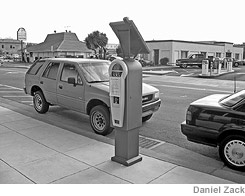 Two views of the new parking meters in Redwood, California. Source of photos: online version of the WSJ article cited below.
Two views of the new parking meters in Redwood, California. Source of photos: online version of the WSJ article cited below.
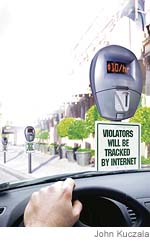 Sensors such as the one embedded in the San Francisco street on the left, could eventually be used to help track parking violators, as imagined in the fictional picture on the right. Source of photos: online version of the WSJ article cited above.
Sensors such as the one embedded in the San Francisco street on the left, could eventually be used to help track parking violators, as imagined in the fictional picture on the right. Source of photos: online version of the WSJ article cited above.
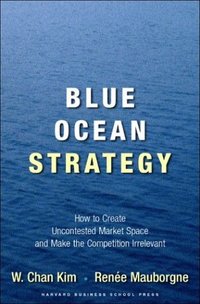
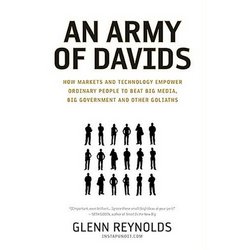
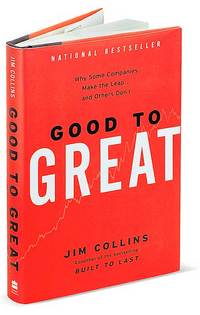

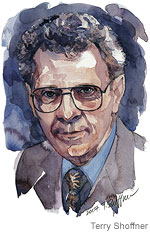 Bob Chitester. Source of image: online version of the WSJ article cited below.
Bob Chitester. Source of image: online version of the WSJ article cited below.